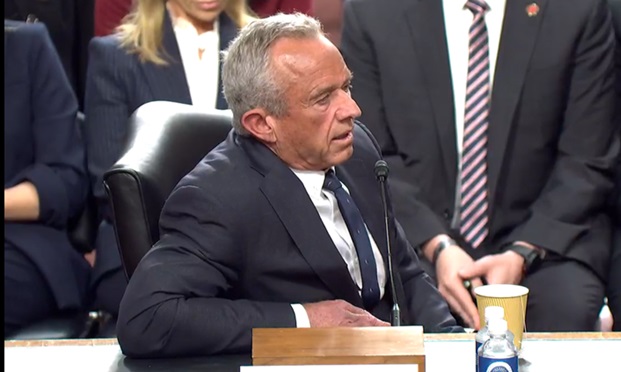 More than 430,000 people have died from opioid overdoses since 2000, according to figures from the Centers for Disease Control. (Image: Shutterstock)
More than 430,000 people have died from opioid overdoses since 2000, according to figures from the Centers for Disease Control. (Image: Shutterstock)
It wasn't just Purdue Pharma that has been blamed for leading the nation into a spiraling opioid crisis; it had plenty of help, according to the Associated Press.
Drug Enforcement Administration records indicate that most of the 76 billion oxycodone and hydrocodone pills that flooded U.S. pharmacies from 2006 to 2012 were generics, and the annual number increased by more than 50 percent during that period.
Related: Opioid manufacturers: A public nuisance?
Purdue, for its part, ended up with a fine of $635 million for marketing claims that OxyContin wasn't as addictive as other opioids. But overdoses pursued the pills wherever they went, toting up the highest body counts in areas where there were the most pills per capita.
Keith Humphreys, a Stanford University professor who researches opioids, told the AP, “I think the scale of this is stunning. It really looks like wherever you spread the most gas, you get the most fires.”
But which companies should get the most blame can be a challenge to figure out, even as more than 2,000 state, local and tribal governments have sued drugmakers. The suits make the issue both huge and complex. More than 430,000 people have died from overdoses since 2000, according to figures from the Centers for Disease Control, and from 2006–2012 they rose from less than 18,000 per year to more than 23,000.
According to the report, West Virginia, Kentucky, Tennessee and Nevada received in excess of 50 pills for each resident per year, while areas of the Appalachian region saw more than 100 pills per person.
Purdue accounted for just about 3 percent of opioids during that period, while 90 percent came from three generic drug producers: SpecGX, Par Pharmaceutical and Activis Pharma. Those companies claim they were only meeting doctors' prescription demands, while McKesson Corp., Walgreens, Cardinal Health and AmerisourceBergen each distributed more than 10 percent of the drugs sent on to pharmacies. McKesson led the way, at more than 18 percent, during that time frame.
Distribution details are currently playing into settlement negotiations, but because the information had not previously been made public, lack of transparency around prescriptions likely contributed to a slower federal response, according to Dr. Joshua Sharfstein of Johns Hopkins University. “To a certain extent, no agency really felt responsible and had access to the data in real-time to see what was happening.”
Read more:
© Touchpoint Markets, All Rights Reserved. Request academic re-use from www.copyright.com. All other uses, submit a request to [email protected]. For more inforrmation visit Asset & Logo Licensing.






